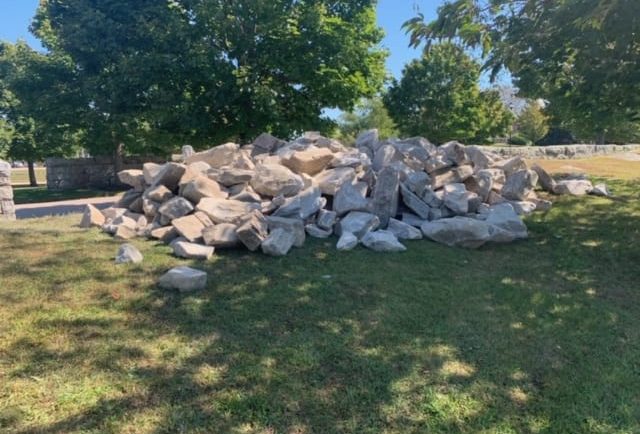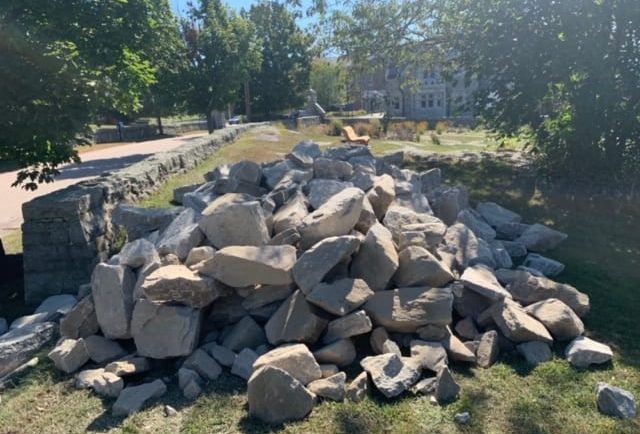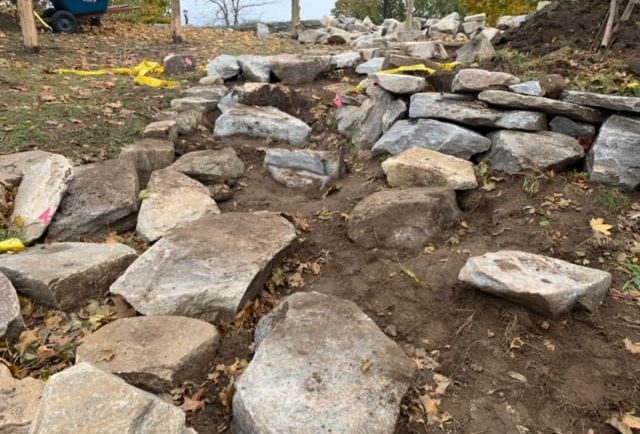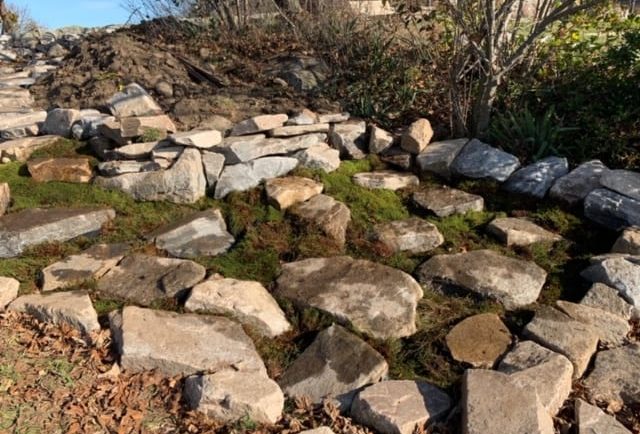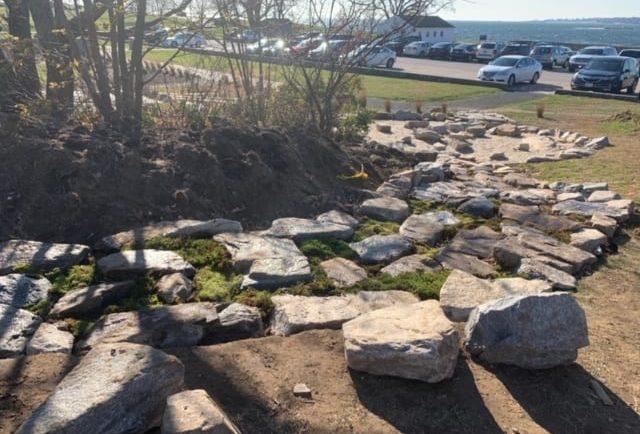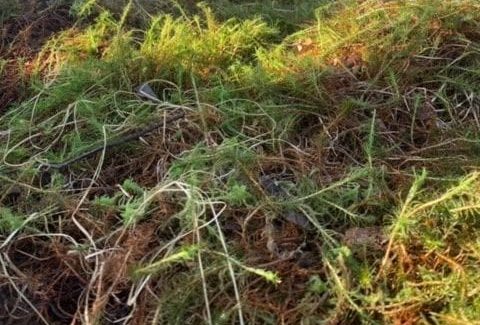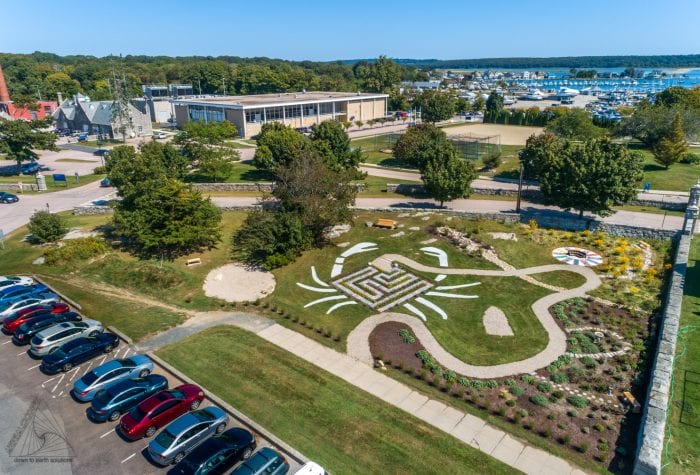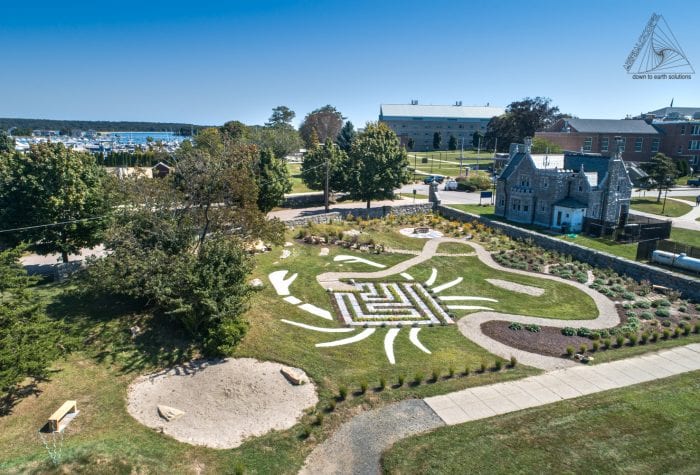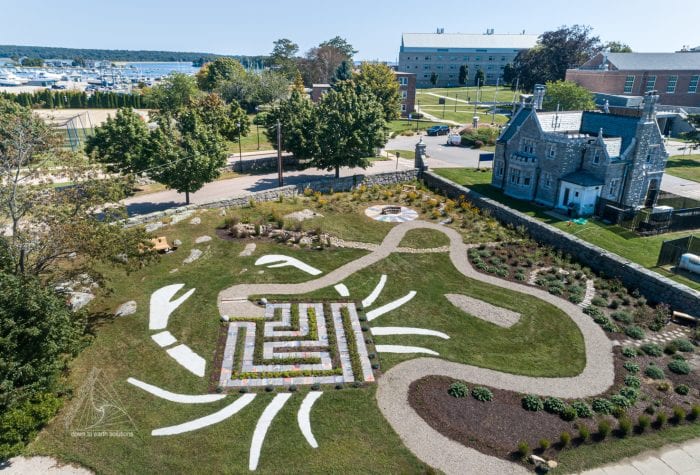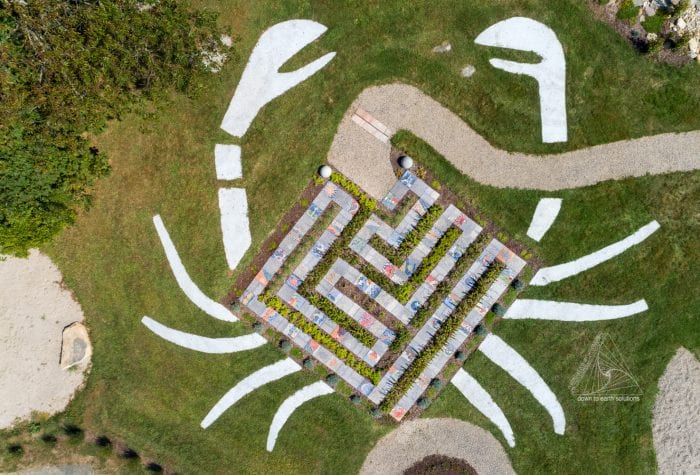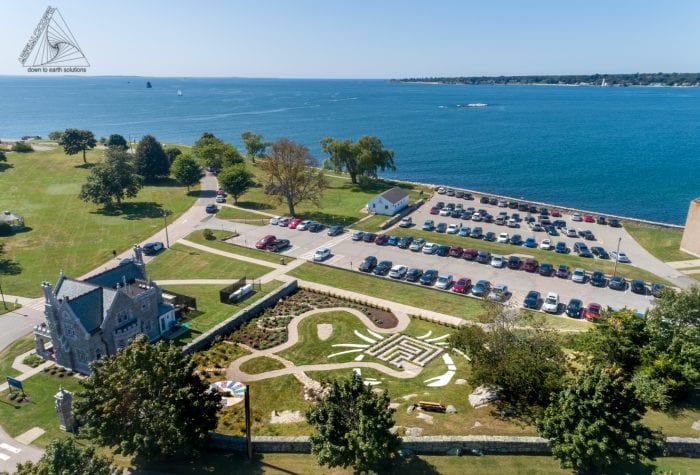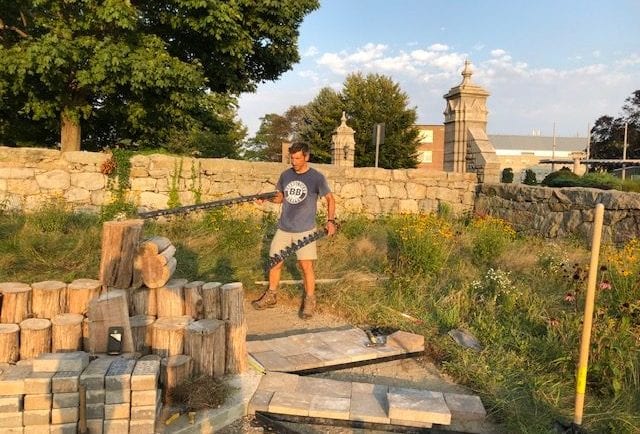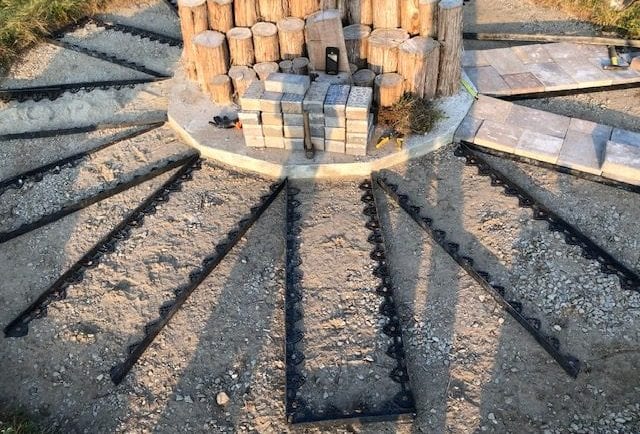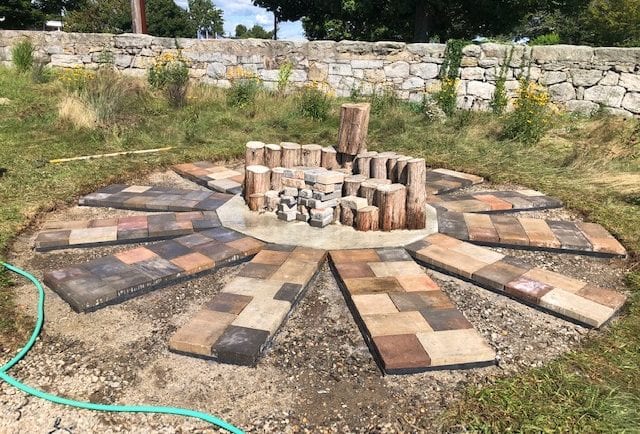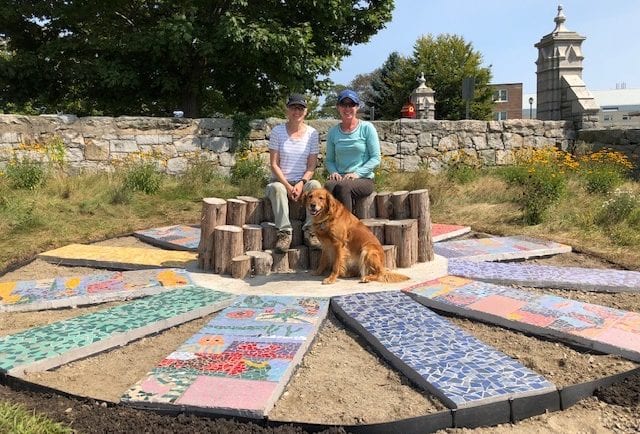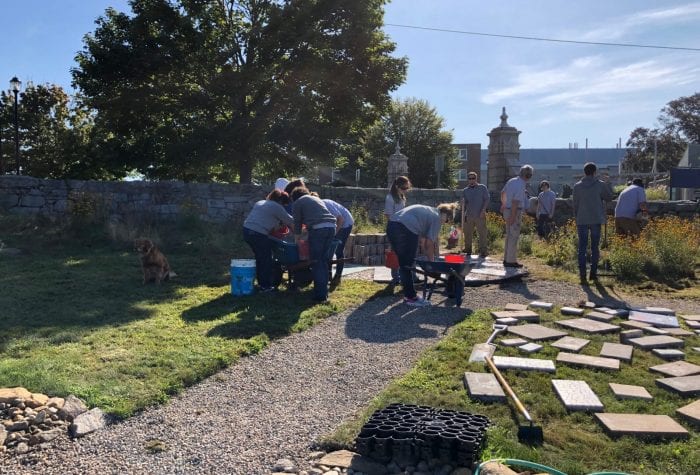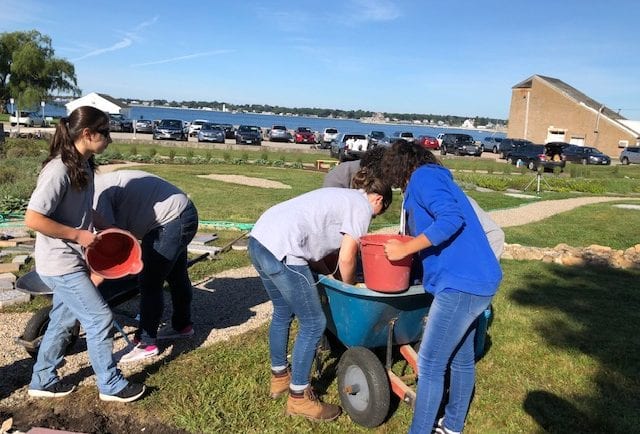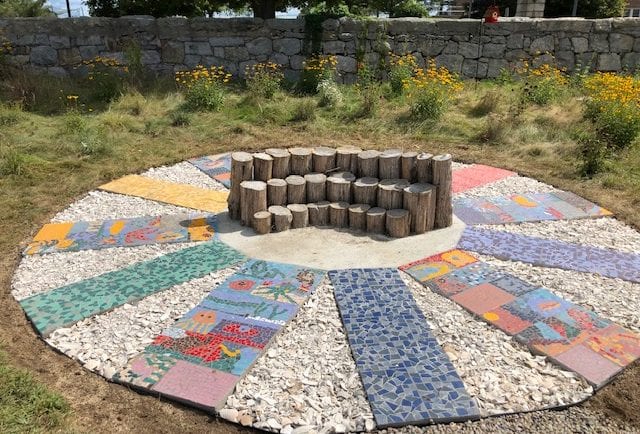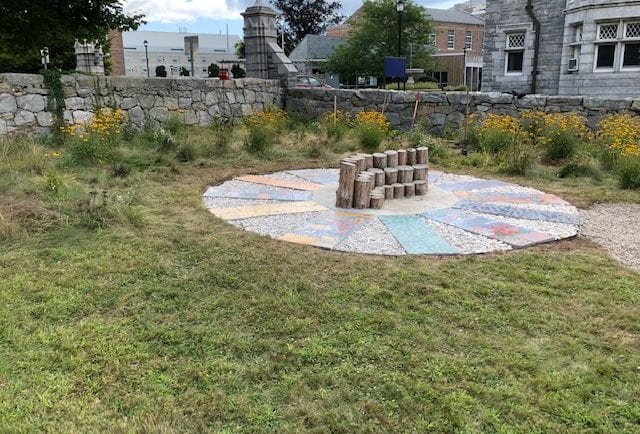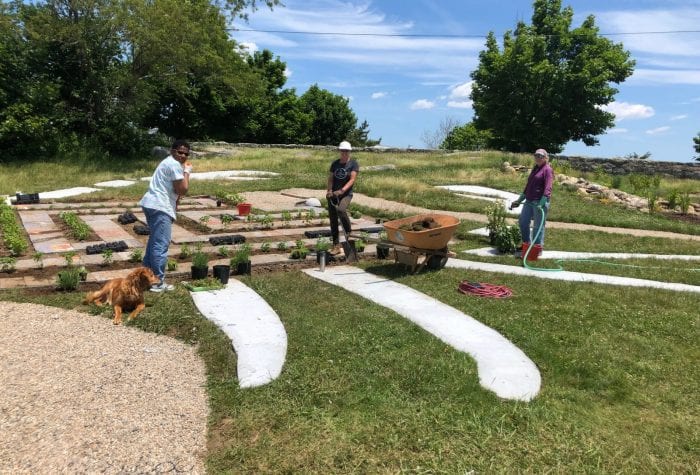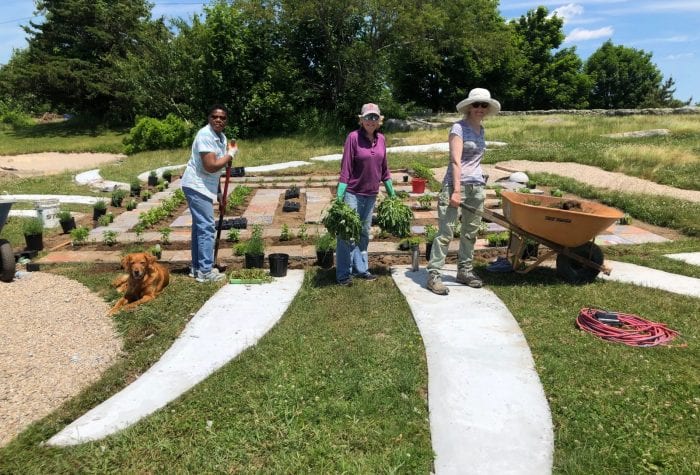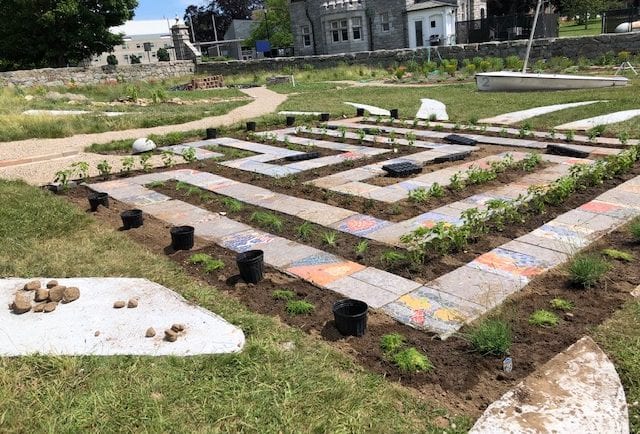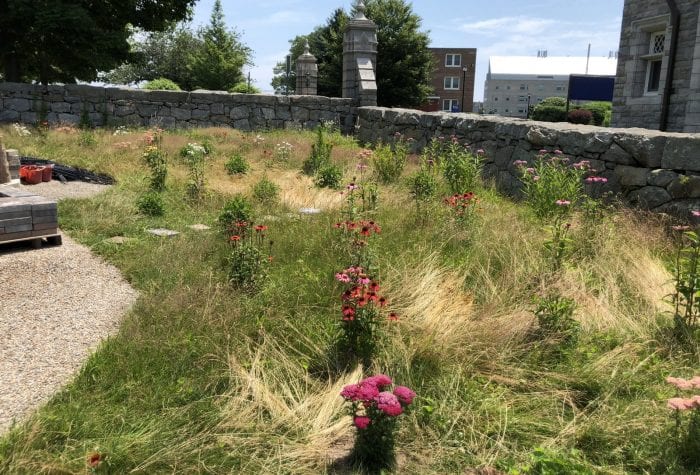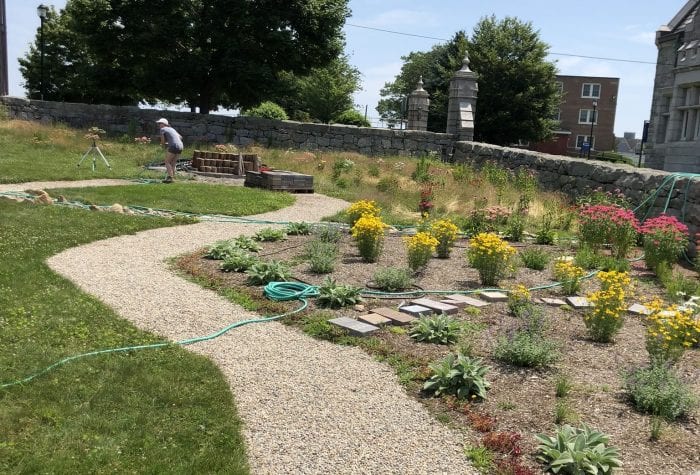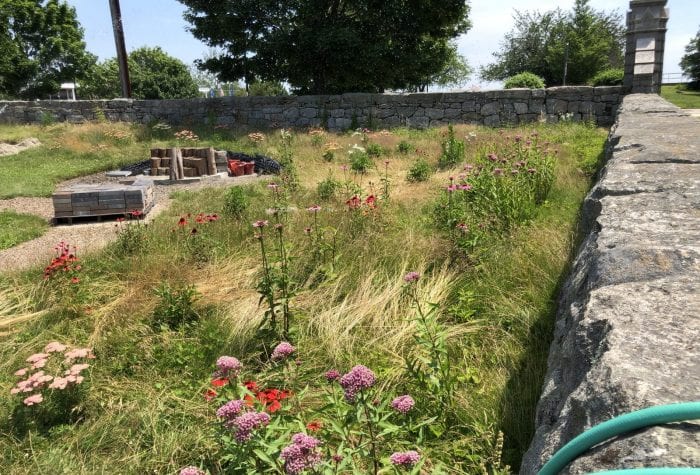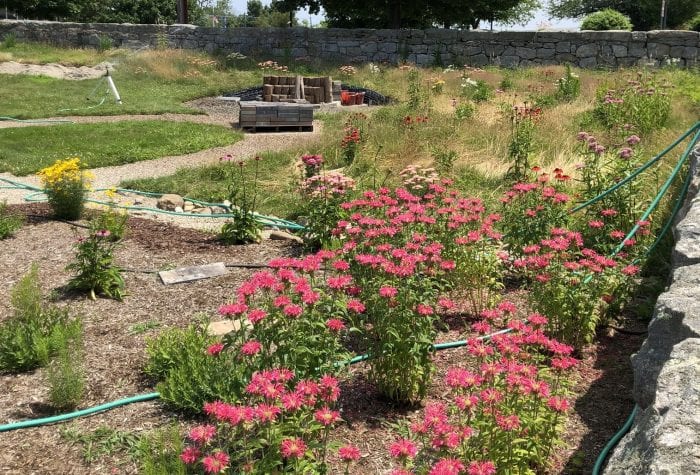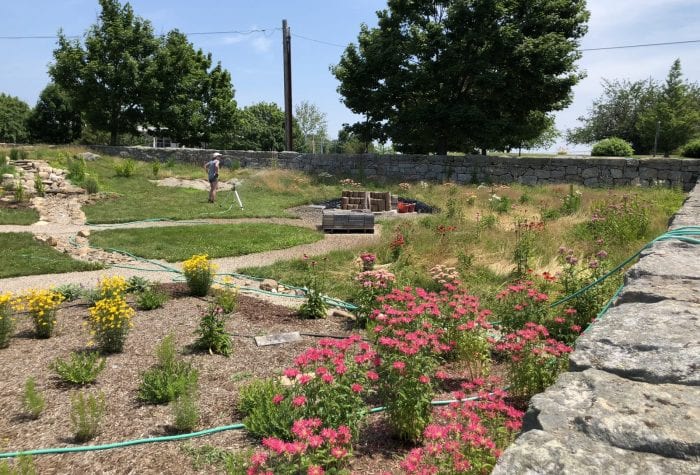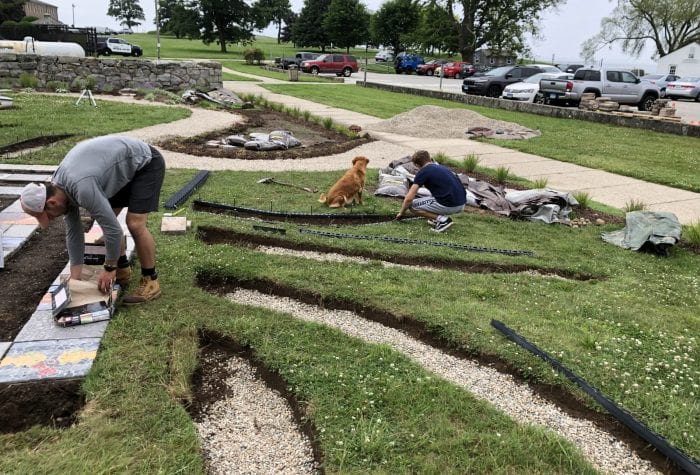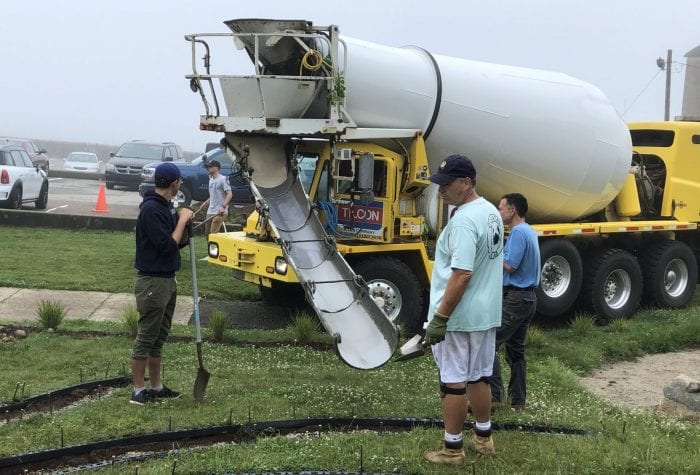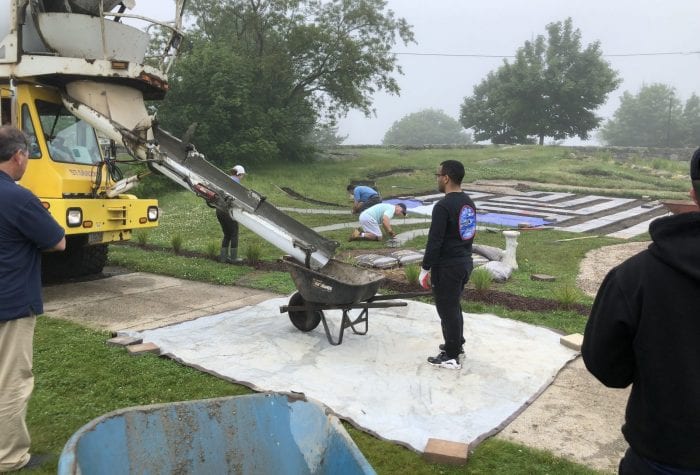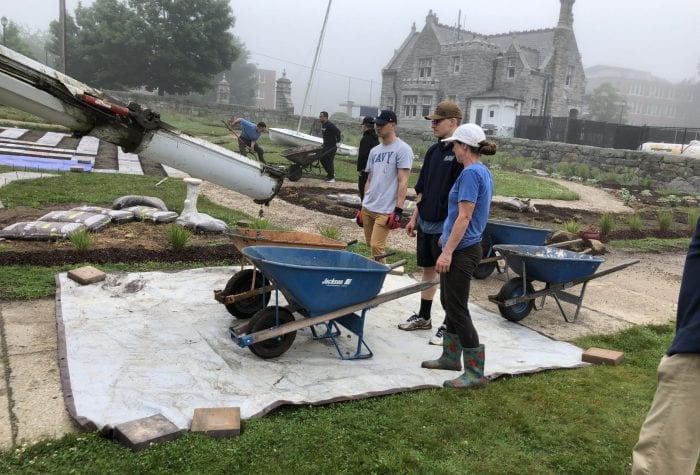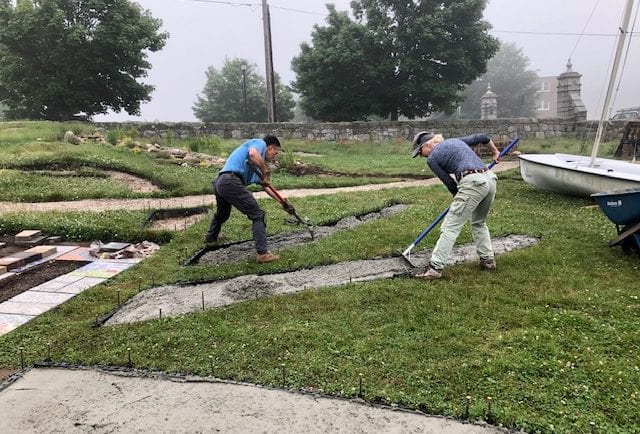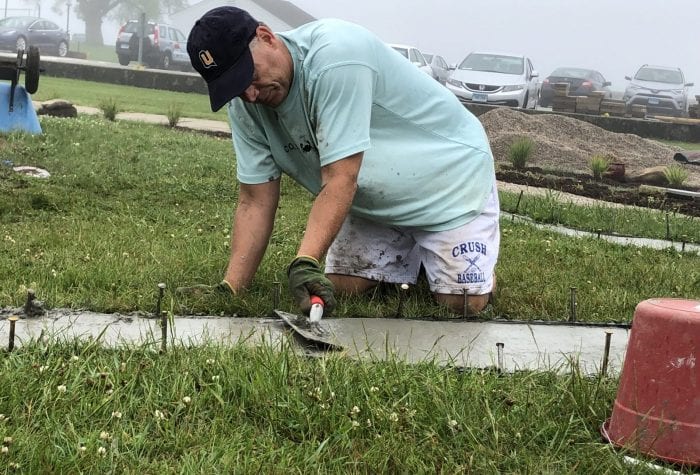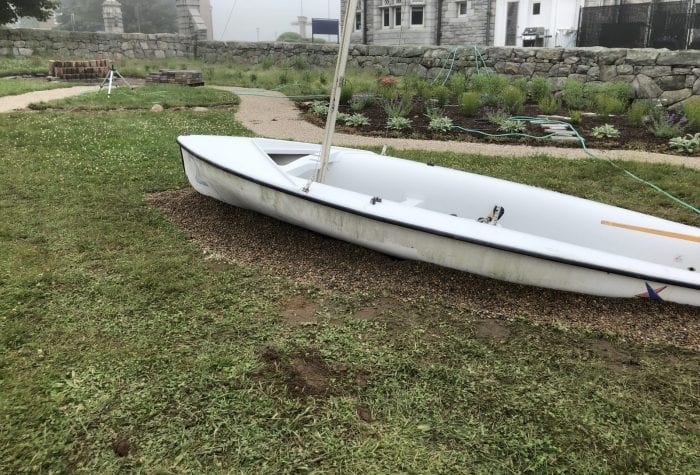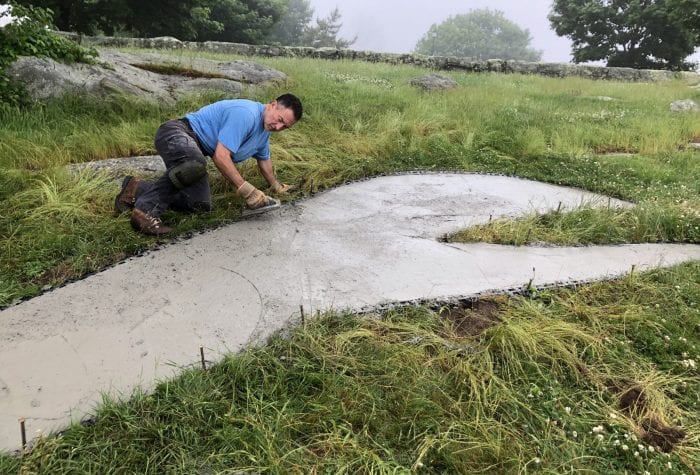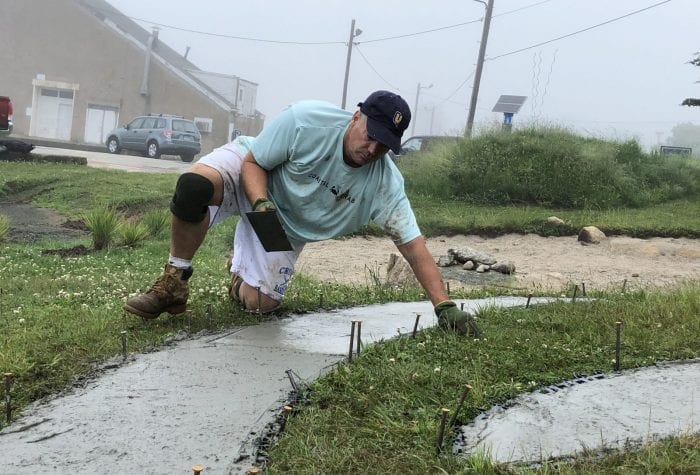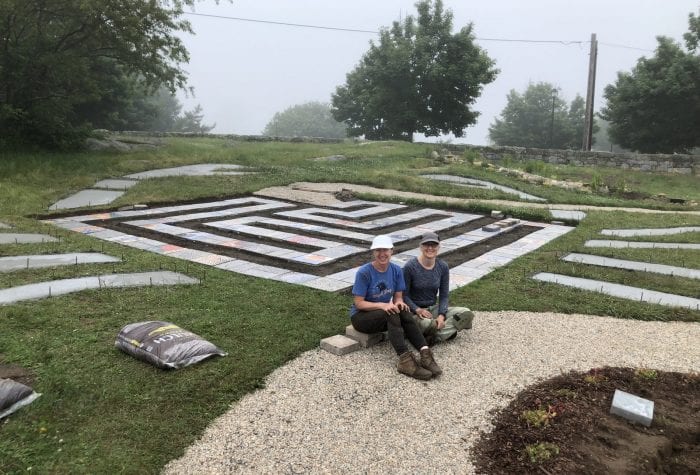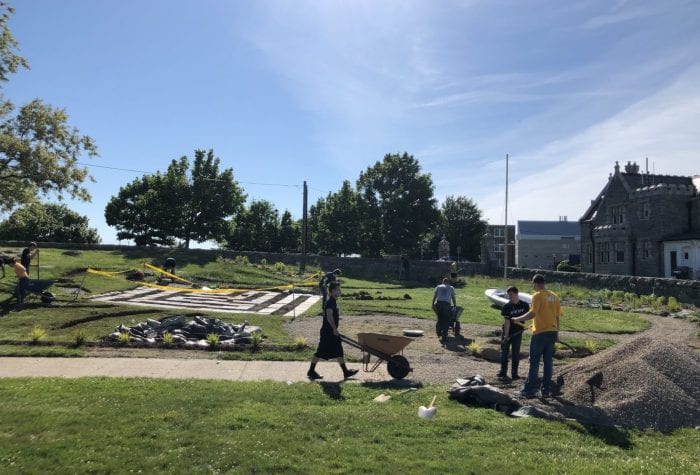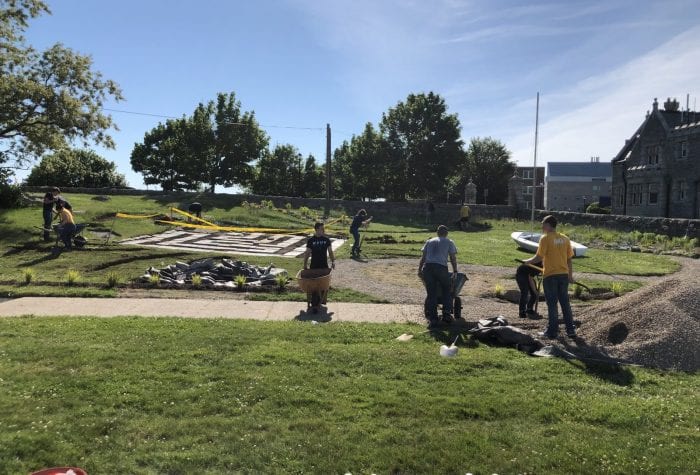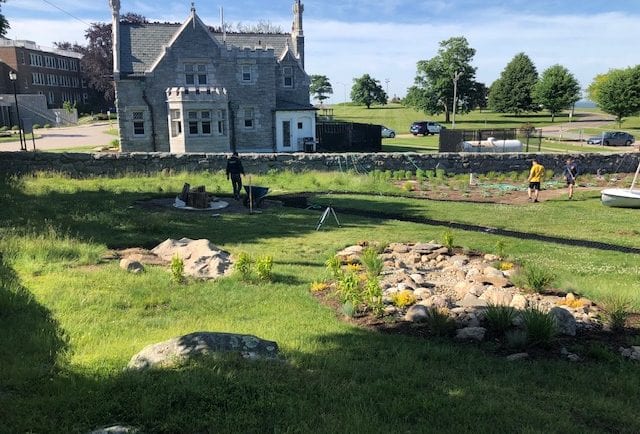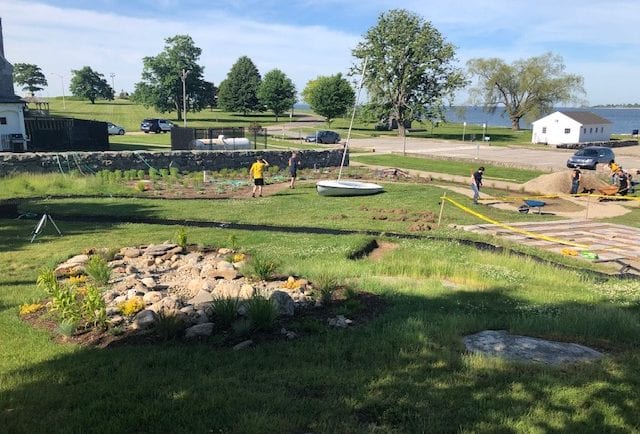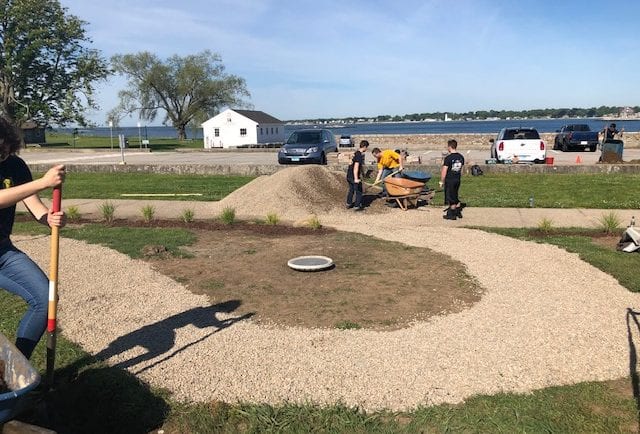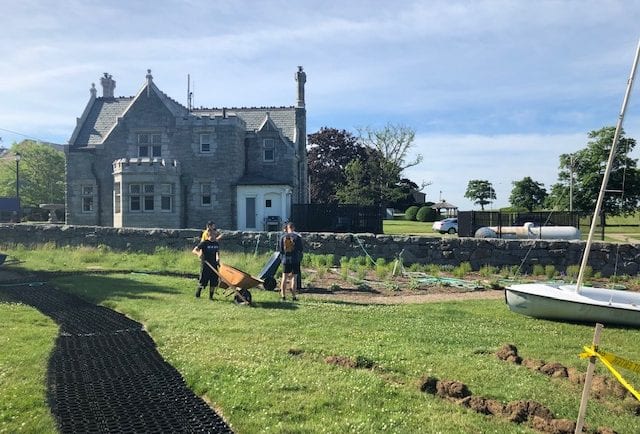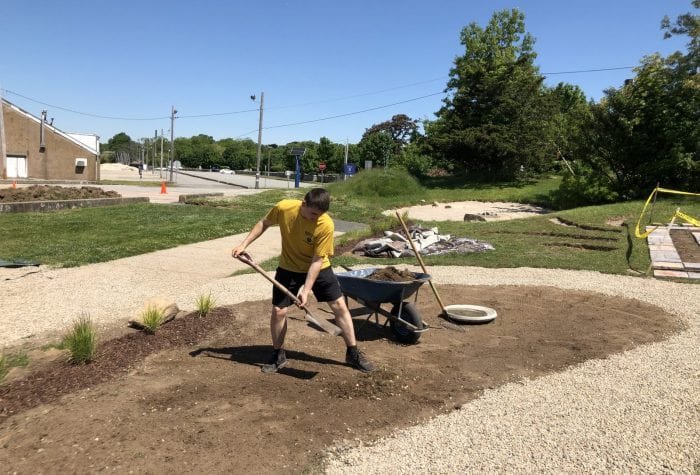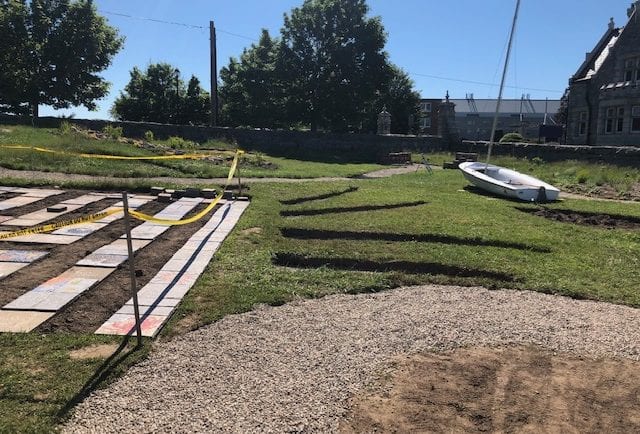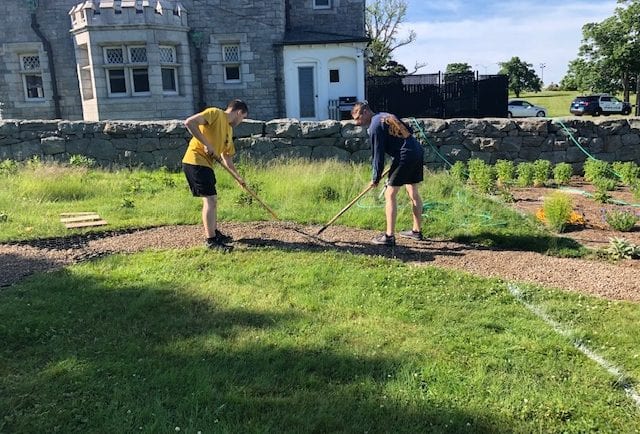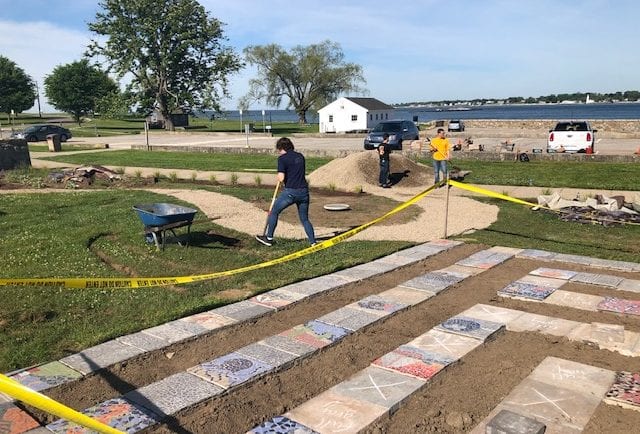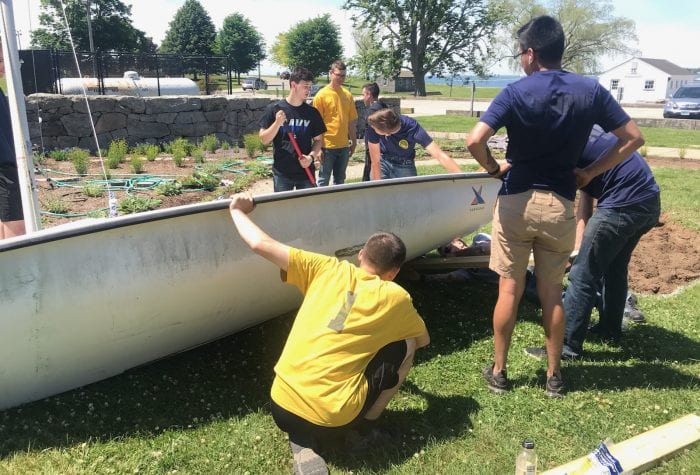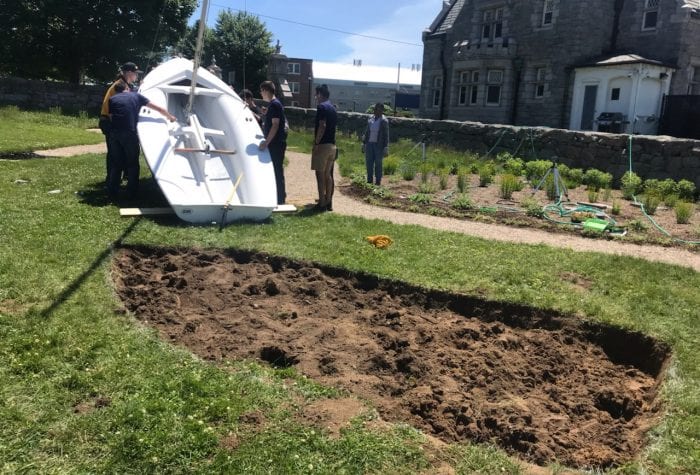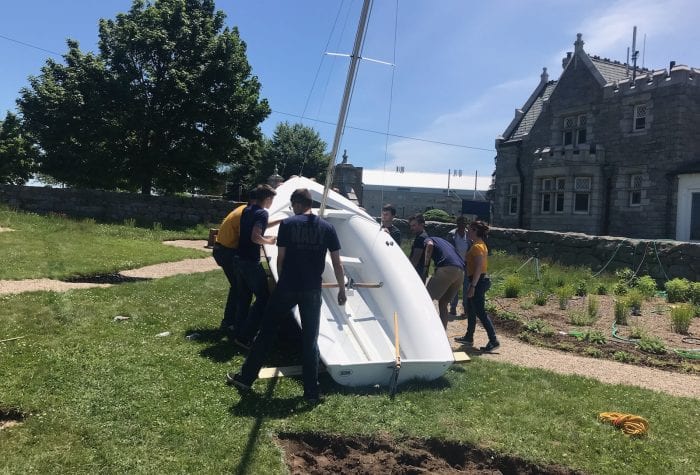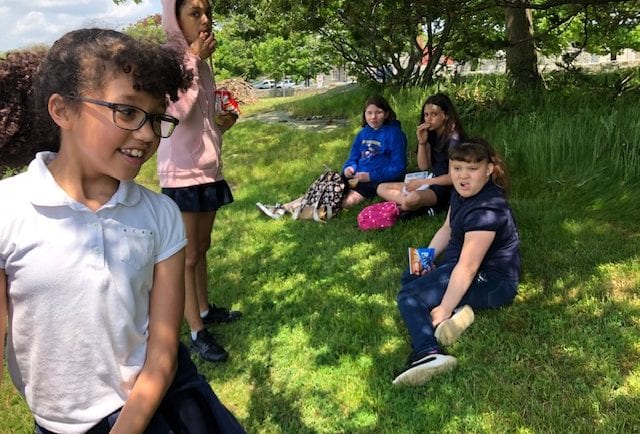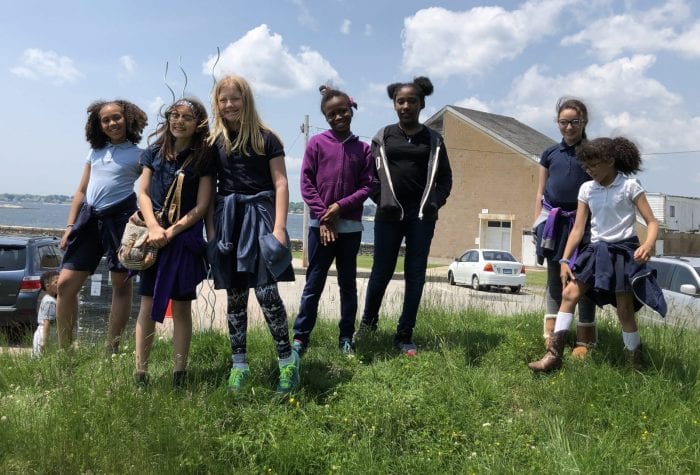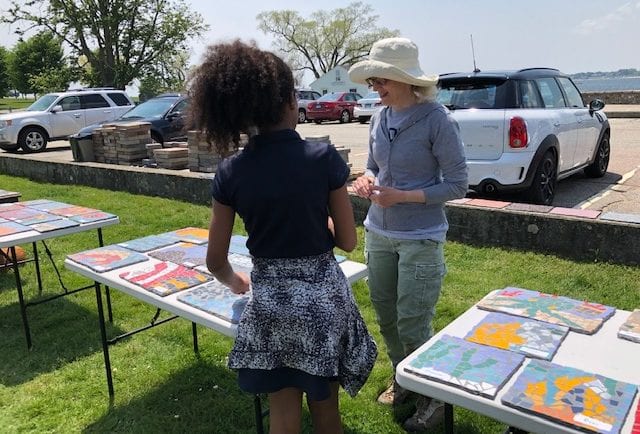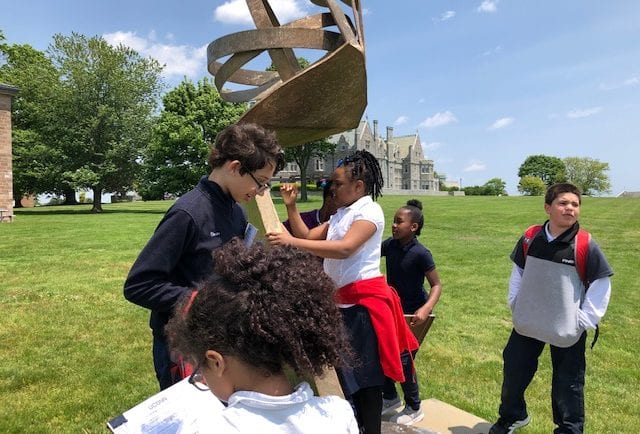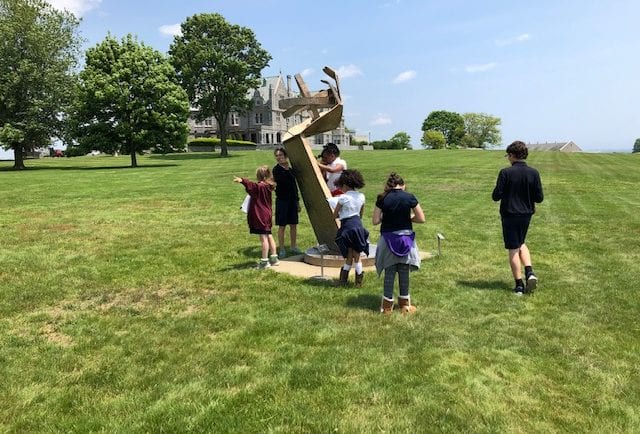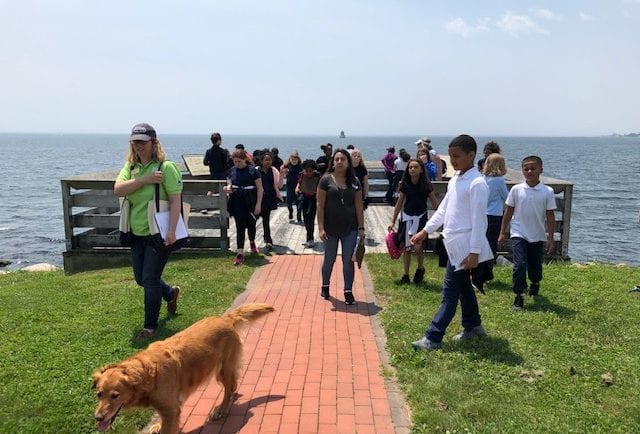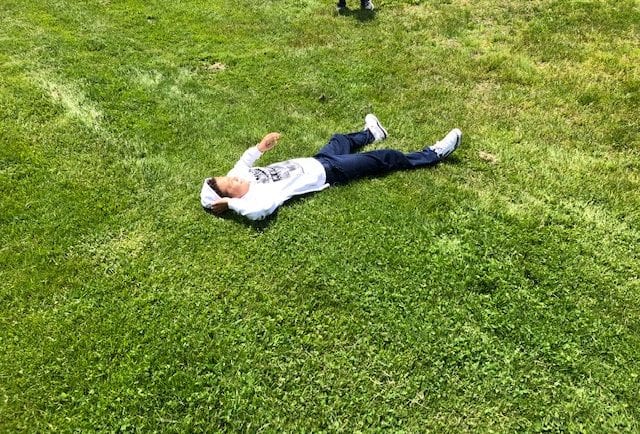Wow, I haven’t posted in a while! Mary and I have been busy on some projects for adults, working with gardens that target increased cognitive functioning as opposed to gardens aimed at cognitive development in children. As noted in earlier posts, even though the design focus of this garden is on young children, it is meant for everyone. It is a garden for immersion, exploration, thought, experience, and sensory stimulation at any age.
Older children and adults, especially those who suffer from brain trauma, anxiety, depression, or other mental health issues, can greatly benefit from interaction with nature, the tranquility of a garden, and the cognitive focus of this type of garden in particular, because it is interactive. Many of the principles of cognitive development translate to cognitive functioning and re-engagement or re-connecting of the neural “dots.”
In illness, or when feeling isolated and vulnerable, humans tend to gravitate to non-human elements that demand little of them. Looking to nature to fulfill this human need and offer solace can be healing. I think that, in this technological age, older children tend to turn to electronics rather than nature. It may be because they don’t have a relationship with nature or simply that their electronic devices are so close at hand and easily accessible. To me, this seems counter intuitive and even more isolating. Perhaps our teenagers and young adults who have grown up with smart phones and the like find some comfort in virtual friendships or watching others on a screen to take their mind off their own situation. But those virtual friends or strangers won’t bring us chicken soup when we’re sick.
Trees, plants, and animals may not bring us chicken soup either (unless your pet is actually a chicken that you’re willing to sacrifice). You can also boil tree bark, herbs, and other healing plants (especially if you’re a vegetarian) to advance healing and save your pet for more dire times. But, seriously, nature does heal. Many studies have shown this.
By developing a relationship with nature, and giving this gift to our children, we are feeding our spiritual selves and providing a link to our biological heritage (look up biophila!) that can be healing in so many ways. We designed this garden to bring nature into our community so that we humans can interact with it. Lay in the grass, roll down the whale (toward the trees, not the parking lot, please), run through the meadow, sit among the pollinators, run your hands over the herbs, hug a tree or simply sit on the ground and lean against it. Be present, be mindful. Close your eyes and feel nature through all of your other senses. Feel the solid earth beneath you, supporting you. Think back to earlier experiences or create new ones. Give nature a chance to help and I truly believe you will benefit, whatever your age.
